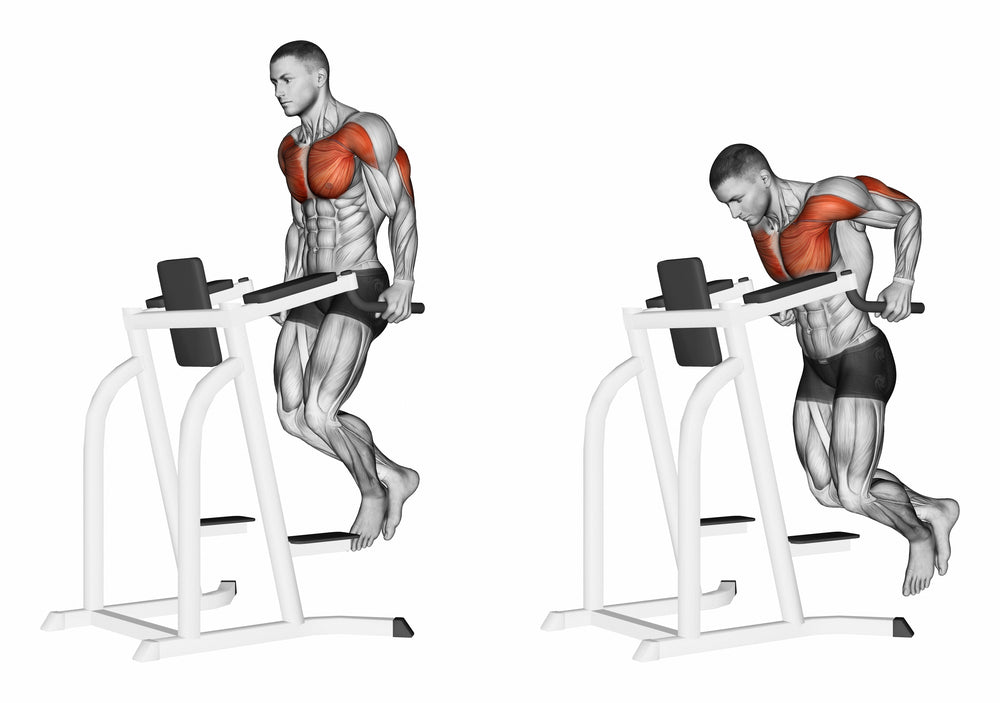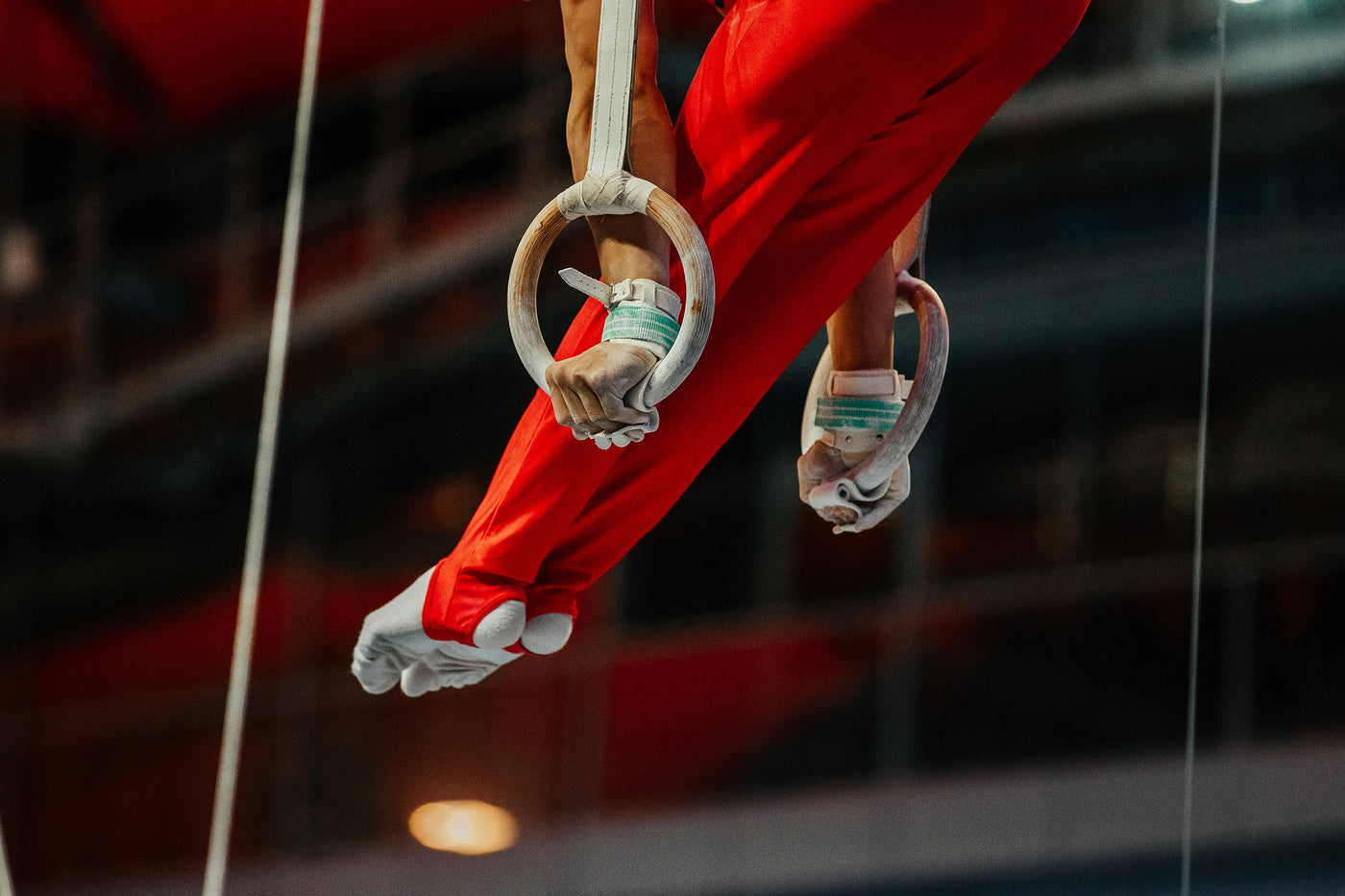Exercise Anatomy
Bar Dip with a Neutral Grip
The Bar Dip with a neutral grip is a dynamic upper body exercise that targets the triceps, chest, and shoulders. Unlike traditional dips, the neutral grip minimizes stress on the shoulder joints, making it a safer option for many individuals. This exercise promotes functional upper body strength and can be tailored to various fitness levels. Incorporating Bar Dips with a neutral grip into your routine provides an effective way to enhance arm and chest muscles while prioritizing joint health.

Major Muscles and Actions Involved
Performing a Bar Dip with a neutral grip involves the primary joint action of elbow extension as you push your body upward. This movement engages the triceps brachii, pectoralis major in the chest, and the anterior deltoids in the shoulders. The neutral grip, with palms facing each other, places additional emphasis on the triceps while reducing stress on the shoulder joints. This exercise effectively targets multiple muscle groups, promoting upper body strength and development.

Sports Uses
The Bar Dip with a neutral grip proves to be directly beneficial for various sports activities that require upper body strength, stability, and controlled movement. Gymnasts, who rely on upper body control and strength for various routines and apparatus work, find this exercise particularly valuable. Martial artists benefit from the emphasis on triceps and chest engagement, enhancing pushing power crucial in striking techniques. Additionally, rock climbers, where arm strength and shoulder stability are essential, can enhance their performance through the targeted muscle engagement provided by Bar Dips with a neutral grip. In the context of functional fitness and obstacle course racing, mastering this exercise contributes to overall upper body endurance and power, translating into improved performance across a range of physical activities.
Exercise Tips
- Technique: Initiate the Bar Dip with a neutral grip with arms fully extended, and focus on a controlled, smooth movement throughout. Avoid excessive leaning forward or backward.
- Range of Motion: Aim for a full range of motion, lowering your body until your upper arms are parallel to the ground. Ensure a complete extension of the elbows at the top of each repetition.
- Amount of Weight Used: Start with bodyweight Bar Dips with a neutral grip. Gradually increase the challenge by incorporating additional weight using a dip belt or other resistance tools.
- Grip: Utilize a neutral grip, where palms face each other. This hand position reduces stress on the shoulders while emphasizing triceps and chest engagement.
- Variations: Experiment with different variations, such as adding pauses at the bottom or top of the movement to intensify muscle engagement. Adjusting the width of the bars can also impact the focus on specific muscle groups.
- Unique Muscle Involvement: Bar Dips with a neutral grip primarily target the triceps brachii, pectoralis major, and anterior deltoids. The neutral grip places additional emphasis on the triceps, making it an effective variation for triceps development.
- Breathing: Inhale as you lower your body, and exhale during the effort of pushing yourself back up. Maintain a consistent breathing rhythm to enhance performance and oxygen flow during the exercise.
Mastering these tips will optimize your Bar Dips with a neutral grip, ensuring an effective and safe upper body workout.
Bar Dips vs Pushups
Bar dips and push-ups are both effective upper body exercises, but they differ in mechanics and muscle engagement. Bar dips primarily target the triceps, chest, and shoulders by requiring vertical pushing against body weight. This exercise demands more shoulder extension and engages the lower chest.
On the other hand, push-ups involve horizontal pushing, engaging the chest, shoulders, and triceps. They also recruit stabilizing muscles like the core. Push-ups are versatile and beginner-friendly, while bar dips may require more strength and control. Both exercises contribute to upper body strength and endurance, but they offer distinct variations in movement and muscle emphasis.

Want to Learn More?
Try our premium ebook, Exercise Anatomy and Biomechanics: Ultimate Guide.
Satisfaction guaranteed.
